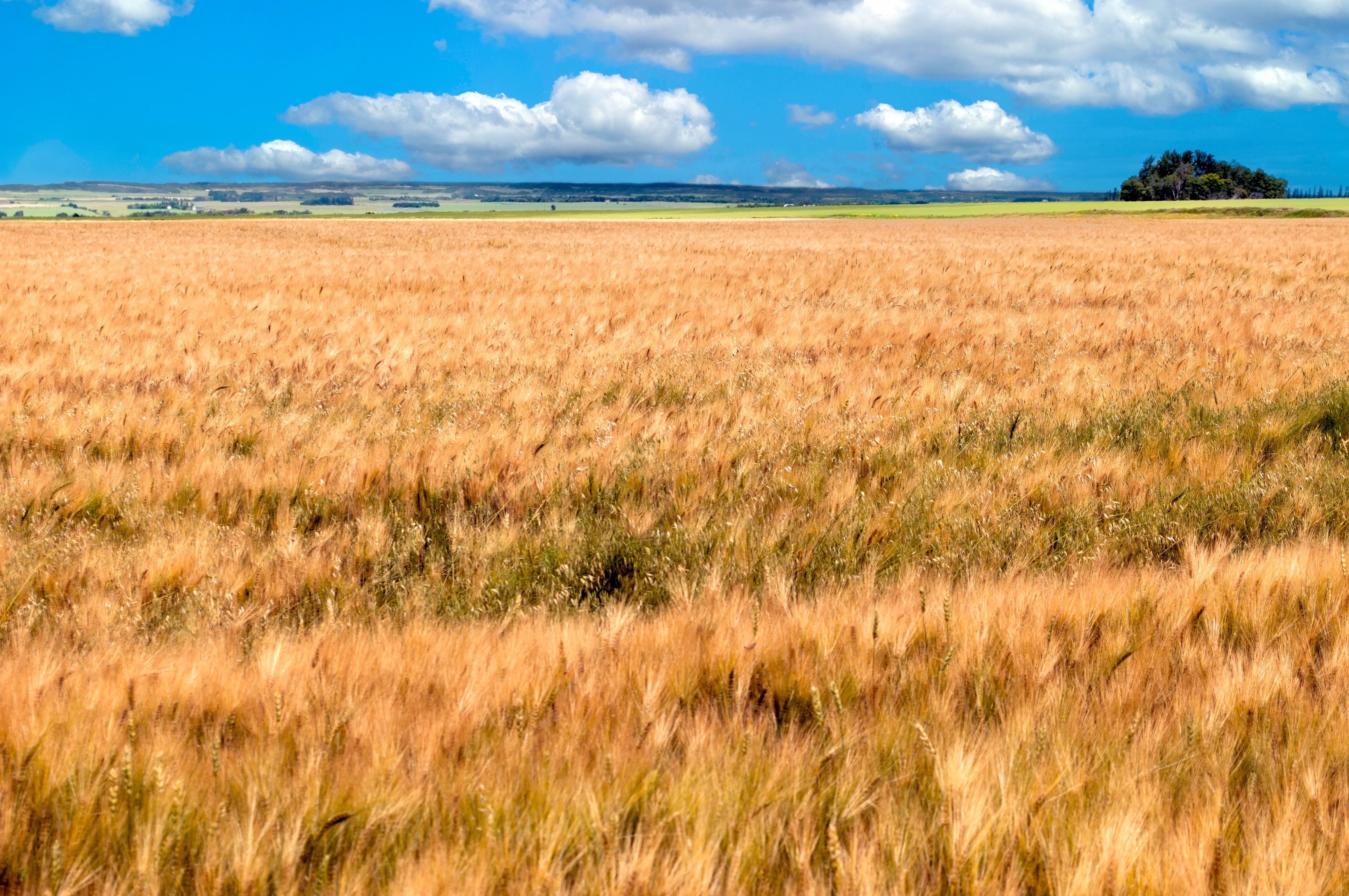Land Use Policies: Shaping Agricultural Output and Value
Understanding Land Use Policies
Land use policies are a crucial aspect of agricultural management, significantly influencing both the output and value of agricultural production. These policies determine how land can be utilized, impacting everything from crop selection to farming techniques. By setting regulations and guidelines, land use policies aim to balance the needs of agricultural production with environmental sustainability and urban development pressures.

The Role of Land Use Policies in Shaping Agricultural Output
The output of agriculture is heavily influenced by land use policies. These policies can dictate the types of crops that can be grown, the farming methods that are permissible, and the amount of land that can be dedicated to agriculture. For instance, policies that encourage sustainable farming practices can lead to more efficient use of resources and increased yield. On the other hand, restrictive policies may limit the potential of land to produce certain crops.
Additionally, land use policies often include provisions for zoning, which can dictate whether an area is designated for agricultural use or other purposes such as residential or industrial development. This zoning is crucial in preserving farmland and ensuring that agricultural activities are not compromised by encroaching urbanization.
Impact on Agricultural Value
The value of agricultural land and production is also shaped by these policies. Land use regulations can affect property values, crop diversity, and even market access. For example, policies that promote organic farming or specialty crops can increase the market value of produce, thus enhancing profitability for farmers.

Moreover, land use policies that support infrastructure development, such as roads and irrigation systems, can significantly enhance the value of agricultural outputs by improving access to markets and boosting productivity. Conversely, inadequate infrastructure due to restrictive land use can hinder market access and lower the overall value of agricultural products.
Sustainability and Environmental Considerations
Sustainability is a critical component of modern land use policies. There is increasing emphasis on ensuring that agricultural practices do not deplete natural resources or cause long-term harm to the environment. Policies that enforce sustainable practices help maintain soil health, conserve water, and protect biodiversity, which are all vital for the long-term viability of agriculture.
These environmental considerations often lead to policies that encourage crop rotation, reduced chemical usage, and conservation tillage. By promoting these practices, land use policies help ensure that agriculture remains sustainable for future generations while maintaining productivity.

Challenges and Opportunities
While land use policies offer numerous benefits, they also present challenges. Policymakers must strike a balance between agricultural needs and other societal demands such as housing and industry. Conflicts can arise when land designated for agriculture is repurposed for urban development, leading to reduced agricultural land availability.
However, these challenges also present opportunities for innovation in agricultural practices. Farmers are increasingly exploring new technologies and methods such as vertical farming and hydroponics to maximize output within limited spaces. Land use policies can support these innovations by providing frameworks that encourage technological adoption and investment in agricultural research.
Conclusion
In conclusion, land use policies are pivotal in shaping both the output and value of agriculture. Through thoughtful policy design, it is possible to enhance agricultural productivity while ensuring sustainability and economic viability. As the global population continues to grow, the importance of effective land use policies will only increase, necessitating ongoing dialogue and collaboration among policymakers, farmers, and stakeholders to meet future challenges.
